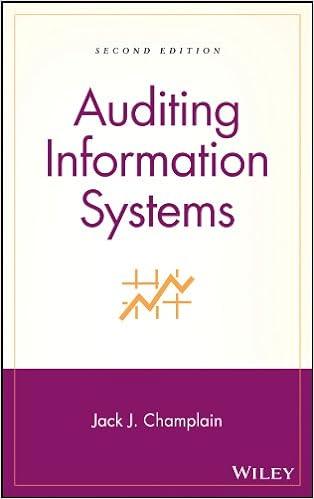



Major League Bat Company manufactures baseball bats. In addition to its work in process inventories, the company maintains inventories of raw materials and finished goods. It uses raw materials as direct materials in production and as indirect materials. Its factory payroll costs include direct labor for production and indirect labor. All materials are added at the beginning of the process, and conversion costs are applied uniformly throughout the production process. Required: You are to maintain records and produce measures of inventories to reflect the July events of this company. The June 30 balances: Raw Materials Inventory, $25,000; Work in Process Inventory, $8,135 ($2,660 of direct materials and $5,475 of conversion): Finished Goods Inventory, $110,000; Sales, $0; Cost of Goods Sold, $0; Factory Payroll Payable, $0; and Factory Overhead, $0. 1. Prepare journal entries to record the following July transactions and events. a. Purchased raw materials for $125,000 cash (the company uses a perpetual inventory system). b. Used raw materials as follows: direct materials, $52,440, and indirect materials, $10,000. c. Recorded factory payroll payable costs as follows: direct labor, $202,250; and indirect labor, $25,000. d. Paid factory payroll cost of $227,250 with cash (ignore taxes). e. Incurred additional factory overhead costs of $80,000 paid in cash. f. Allocated factory overhead to production at 50% of direct labor costs View transaction list View journal entry worksheet No Transaction General Journal Credit Debit 125,000 Raw materials inventory Cash 125,000 2 b . Work in process inventory Factory overhead Raw materials inventory 52,440 10,000 62,440 C. Work in process inventory Factory overhead Factory wages payable 202,250 25,000 227,250 d Factory wages payable 227,250 Cash 227,250 e. 80,000 Factory overhead Cash 80,000 101,125 Work in process inventory Factory overhead 101,125 2. Information about the July inventories follows. Use this information with that from part 1 to prepare a process cost summary, assuming the weighted average method is used. (Round "Cost per EUP" to 2 decimal places.) 5,000 units 14,800 units 8,000 units Units Beginning inventory Started Ending inventory Beginning inventory Materials-Percent complete Conversion-Percent complete Ending inventory Materials-Percent complete Conversion-Percent complete 100% 75% 100% Total costs to account for: Cost of beginning work in process Total costs to account for $ 0 $ 0 Unit reconciliation: Units to account for: Total units to account for Total units accounted for: Total units accounted for Equivalent units of production (EUP)- weighted average method Units % Materials EUP- Materials % Labor EUP Conversion Total units Cost per equivalent unit of production Materials Conversion Costs EUP Costs EUP Cost per EUP Total cost Total costs Equivalent units of production Cost per equivalent unit of production (rounded to 2 decimals) Total costs accounted for: Cost of units transferred out: EUP Direct materials Conversion Total costs transferred out Costs of ending goods in process EUP Direct materials Conversion Total cost of ending goods in process Total costs accounted for Cost per EUP $ 0.00 $ 0.00 Total cost $ 3. Using the results from part 2 and the available information, make computations and prepare journal entries to record the following: g. Total costs transferred to finished goods for July. h. Sale of finished goods costing $265,700 for $625,000 in cash. View transaction list View journal entry worksheet No Transaction Credit General journal Finished goods inventory Work in process inventory Debit 241,103 241,103 2 h. 625,000 Cash Sales 625,000 h. 265,700 Cost of goods sold Finished goods inventory 265,700 4. Post entries from parts 1 and 3 to the following general ledger accounts. Raw Materials Inventory Debit Credit Date June 30 Acct. No. 132 Balance 25,000 150,000 87,560 (a) 125,000 Work in Process Inventory Date Debit Credit June 30 (b) 52,440 202,250 101,125 241,103 Acct. No. 133 Balance 8,135 60,575 262,825 363,950 122,847 (b) 62,440 Date Finished Goods Inventory Date Debit Credit June 30 241,103 (h) 265,700 Credit Acct. No. 135 Balance 110,000 351,103 85,403 Factory Wages Payable Debit 227,250 (c) Acct. No. 212 Balance (227,250) (202,250) (429,500) 25,000 (d) 227,250 Sales Debit Date Acct. No. 413 Balance 625,000 Date Credit 625,000 Cost of Goods Sold Debit 265,700 Credit Acct. No. 502 Balance 265,700 Date Credit Factory Overhead Debit 10,000 25,000 80,000 Acct. No. 540 Balance 10,000 35,000 115,000 13,875 101,125 5. Compute the amount of gross profit from the sales in July (Add any underapplied overhead to, or deduct any overapplied overhead from, the cost of goods sold.) Gross profit $ 345,425










